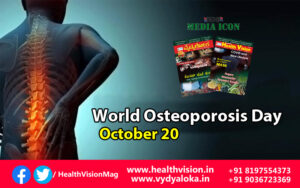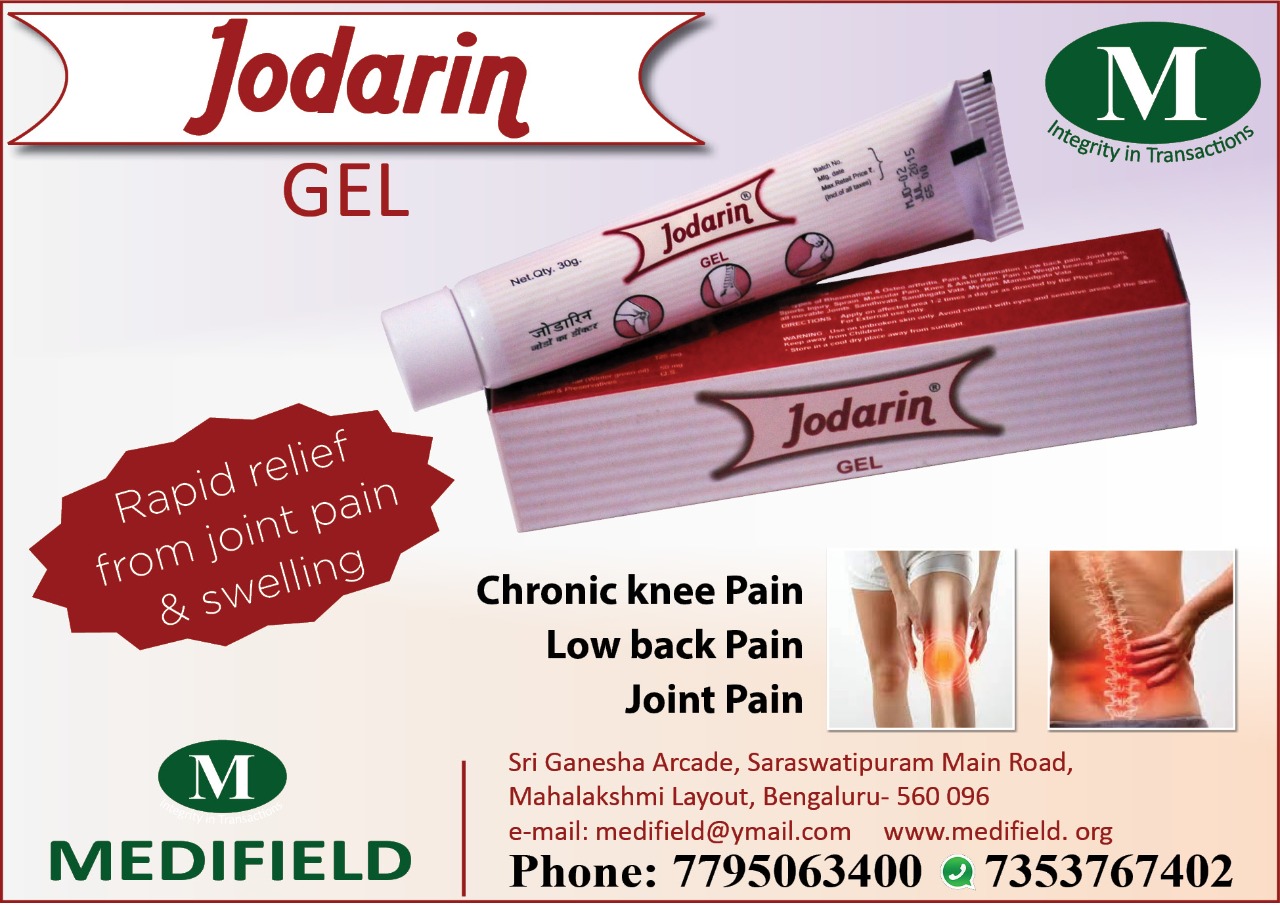Osteoporosis is a silent epidemic. There is a critical need to raise the awareness regarding osteoporosis and women are more prone to suffer from this disease.
The word Osteoporosis stands for “porous bone”. This disease occurs when body loses bone mass that increases the risk of sudden and unexpected bone fractures. Osteoporosis often develops without any symptom but has serious life‑changing impacts like fragility fractures and disability. There is a series of recent publications that are raising serious concerns about increased risks for fragility fractures due to this disease.
Risk factors for osteoporosis:
Though, osteoporosis can occur in both men, women and children but it has been found that women are more prone to suffer from this disease. This is because women tend to have lighter and smaller bones than men. Also, the risk increases if the women start the menopause before the age of 45 years or she has her ovaries removed. Beyond gender, major risk factors for osteoporosis are:
- Age
- Family history of osteoporosis
- Deficiency of Vitamin D and Calcium
- Inactive lifestyle
- Use of Tobacco or Alcohol
Usually, osteoporosis has no any symptoms that is why it is called as silent disease. However, if individual is observing loss of height (an inch or more), leaning shoulder, curve in back or pain in lower back then it may be starting of the disease. People above the age of 45 years or have above mentioned symptoms are recommended to consult with the doctor regarding osteoporosis screening.
Maintaining good life style and working style is necessary to keep bones healthy. Treatment of the osteoporosis will vary on the basis of different factors such as age, sex, risk of bone fracture or previous injury history. Fortunately, new medications are available to slowdown or even stop the bones to get weaker. These medicines can also decrease the risk of unexpected fractures.
Tips after diagnosis of Osteoporosis


- Wear well-fitted shoes with rubber soles that are in good condition and can support ankle.
- Use assisted devices, such as cane or walker. Elderly patients should keep standing cane which can be put near their bed so they do not have to find the cane when they get up at night. Most of the falls happen that ways.
- Maintain a healthy diet.
- Regular and balance exercises after the consultation by doctors / physiotherapists.
- Keep rubber mats by the sink and in the bathrooms to prevent slipping.
- Have regular checkup of sight and hear as untreated vision / hear problem can often cause falls.
- Keep well hydrated.
- Rooms and house should be well lit so that you don’t trip and fall in the dark.
- Use handrails on stairs.
- Follow the instructions of Doctor.
Where to go from here?
There is a critical need to raise the awareness regarding osteoporosis. Don’t wait for the break leg or wrist to find out that you have osteoporosis. Physical therapists instruct patients about proper exercises and tell them safety measures. So, don’t delay and consult immediately to your healthcare provider about Osteoporosis screening.
Dr. Saif N. Shah
Senior Consultant – Medeor Hospital
Qutab Institutional Area, New Delhi













